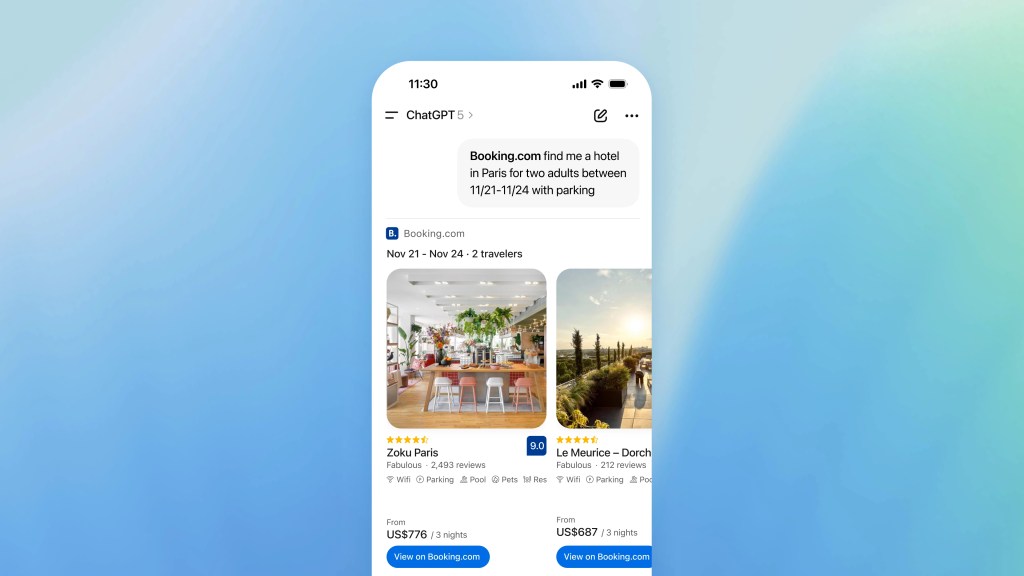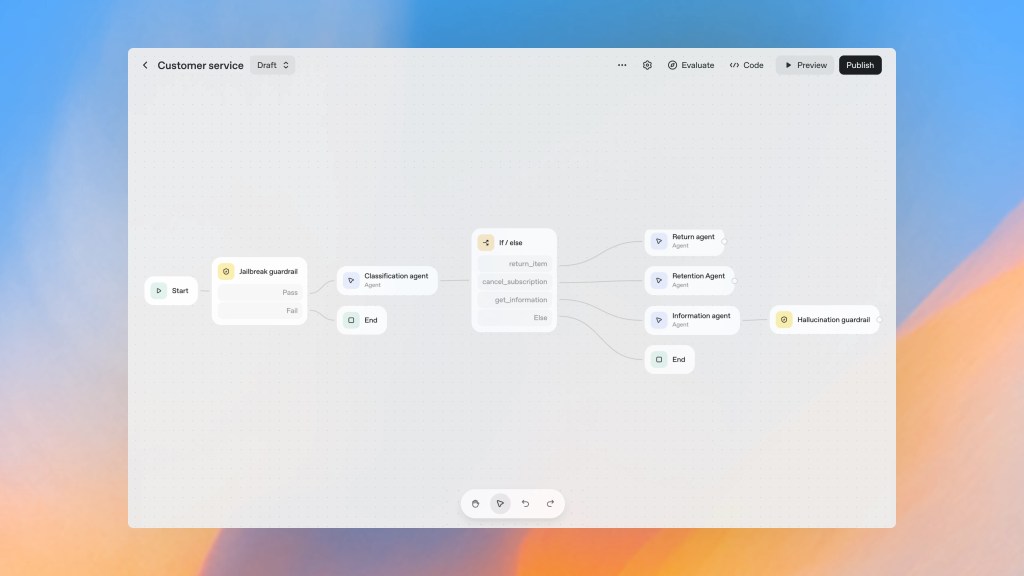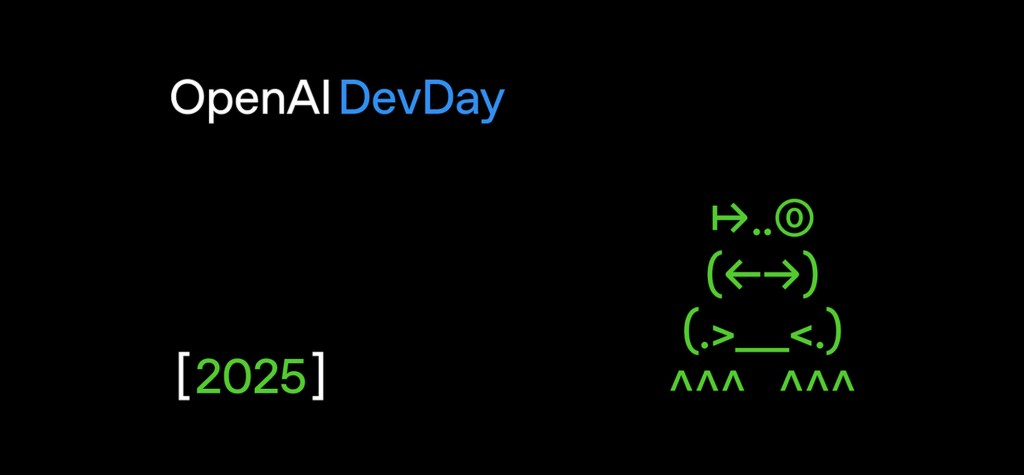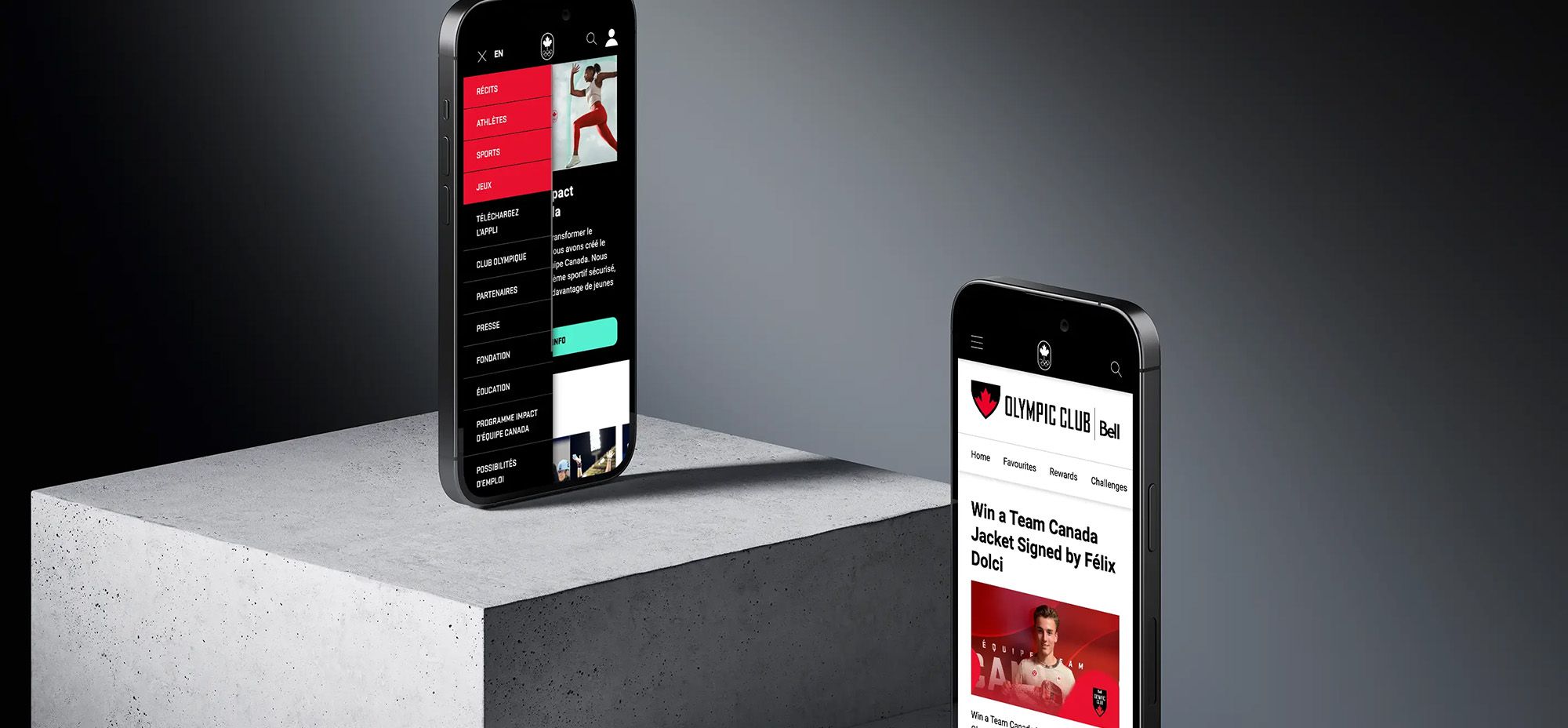OpenAI held its third DevDay on 6 October 2025 in San Francisco and unveiled a stack of product updates that push ChatGPT from a single app toward a full platform. The through-line was clear. Apps that run inside ChatGPT, a deeper toolset for building agents, and fresh models across language, voice, image, and video are all designed to make building and shipping with AI faster and more reliable. The company also shared current scale numbers that underscore this shift: more than 4 million developers, over 800 million weekly ChatGPT users, and 6 billion tokens per minute on the API.
This piece breaks down the key announcements and what they add up to, with special attention on what matters most for teams shipping real products.
The Big Picture
OpenAI’s marquee reveals centred on six areas:
- Apps in ChatGPT using a new Apps SDK, so third-party services can live directly in the chat experience.
- AgentKit for designing, shipping, and monitoring agentic workflows, including a visual Agent Builder, a Connector Registry for data sources, ChatKit for embedding chat UIs, and upgraded evaluation tools.
- New models in the API including GPT-5 Pro for tougher reasoning tasks, Sora 2 available through the API for video generation, gpt-realtime-mini for lower-cost voice interactions, and gpt-image-1-mini for cheaper image generation.
- Codex moving to general availability with a Slack integration, an SDK, and admin controls.
Apps in ChatGPT
What “Apps” Mean Inside the Chat Experience
Apps now appear directly inside conversations. Start a message with an app’s name or let ChatGPT suggest one contextually. The new Apps SDK, released in preview, is built on the Model Context Protocol and lets developers define both interface and logic. The goal is natural, conversational workflows paired with familiar interactive elements such as maps, playlists, and presentations.
Launch Partners and Availability
OpenAI launched with early partners including Booking.com, Canva, Coursera, Expedia, Figma, Spotify, and Zillow. Apps are available today to logged-in ChatGPT users outside the EU on Free, Go, Plus, and Pro plans, with more regions and partners coming later.

Discovery, Privacy, and Monetization Roadmap
Discovery will blend in-chat suggestions with a dedicated directory. First use prompts a connect flow that discloses data sharing. Later this year, OpenAI plans to open submissions and share monetization details, including support for an Agentic Commerce Protocol that enables instant checkout in ChatGPT. External reporting framed this move as OpenAI’s version of an app store, citing the same launch partners and scale figures from the keynote.
Why it Matters for Brands and Builders
The promise is distribution and conversion inside the conversation. Instead of bouncing between sites and apps, an end-to-end journey can happen in one thread, with fewer drop-offs. For developers, the SDK and directory create a path to find users and to earn revenue once monetization opens. For enterprises, consistent permissions and a clear privacy model reduce friction with legal, security, and compliance.
AgentKit and the Agent Stack
OpenAI’s AgentKit formalizes the agent workflow from canvas to production.
Agent Builder
A visual canvas for composing multi-agent workflows, with versioning, preview runs, and inline evals. It is designed to help cross-functional teams reason about complex flows and iterate faster.

Connector Registry
A central admin panel that governs how data and tools connect across ChatGPT and the API, including pre-built connectors such as Google Drive, SharePoint, and Teams as well as third-party MCPs. The aim is to standardize access and control.
ChatKit
A toolkit for embedding customizable, chat-based agent experiences in products or sites. It handles streaming, threads, and UI building blocks, so teams can launch conversational surfaces without rebuilding core plumbing.
Evals Upgrades and Reinforcement Fine-tuning
OpenAI added datasets, trace grading, prompt optimizers, and third-party model support to its Evals platform. Reinforcement fine-tuning is generally available on o4-mini and in private beta for GPT-5, with new features for custom tool calls and custom graders. These tools target the hardest part of agent production: reliable behaviour under real-world conditions.
Governance and Guardrails
AgentKit integrates an open-source Guardrails layer for jailbreak detection, PII masking, and other safety policies. Admin consoles and analytics help teams manage and monitor usage. The direction is clear. Agents are moving from experiments to governed systems with owner-defined boundaries.
New Models in the API
GPT-5 Pro
Positioned as the highest-precision model in the API, GPT-5 Pro targets tasks that benefit from deeper reasoning and stricter accuracy. Media coverage echoed that pitch and placed GPT-5 Pro alongside other DevDay updates aimed at courting developers in regulated and high-stakes domains.
Sora 2 in the API
Sora 2 brings physically consistent video generation with synchronized audio, richer camera control, and better world modelling. DevDay made it available for integration through the API, giving builders the same model that powers the Sora app.
gpt-realtime-mini for voice
A smaller, lower-cost voice model for streaming, low-latency interactions. The headline claim is a significant price reduction relative to larger voice models while promising comparable voice quality and expressiveness.
gpt-image-1-mini for images
A compact image model that brings down costs for common generation tasks. This rounds out a product mix that lets teams match model choice to budget and fidelity requirements instead of overspending by default.
Codex, Now Generally Available
Slack Integration and the Codex SDK
Codex has moved out of research preview. Teams can now summon Codex in Slack to answer questions or complete coding tasks, and embed the same agent into their own workflows through a TypeScript SDK. OpenAI also described a broader footprint across editor, terminal, and cloud, all tied to a ChatGPT account.
Admin Features and Early Results
New admin controls cover environment management, safer defaults, monitoring, and analytics. OpenAI highlighted customer stories around faster reviews and automated code cleanup. Whether those specific uplifts generalize will vary by stack and culture, but the direction is unmistakable. Coding agents are being productized with the controls enterprises expect.
Enterprise Focus and Partnerships
OpenAI’s messaging around DevDay was explicit. The company intends to lean into enterprise, with partnerships spanning industries like media, real estate, and toys. Executives also described a near-term evolution of ChatGPT from a useful app to something that feels closer to an operating system, where services are accessed and tasks get routed.
That framing aligns with on-stage demos and reporting that showed apps from Spotify, Canva, and Zillow running inside ChatGPT and responding to typed commands. It all reinforces the platform thesis. ChatGPT becomes the place where work starts, and where conversational intent determines which app or agent gets invoked.
Signals For Marketers and Product Teams
Distribution Through Chat
The most important commercial shift is distribution. If an app can be discovered and used inside ChatGPT, then the first touchpoint, the act of trying a feature, and even payment, can all happen in one place. That compresses funnels and rewards products that turn intent into action without friction. The forthcoming directory will add an ambient discovery layer that benefits polished, high-performing apps.
Data Controls That Support Trust
The connect flow and explicit data-sharing prompts, along with developer privacy requirements, make it easier to secure internal approvals and comply with regional standards. The addition of Connector Registry and Guardrails gives security and compliance teams better levers to manage access and mitigate risk at scale.
Near-term Experiments That Make Sense
Early-stage experiments that look sensible now include simple but high-impact chat flows that convert. Think booking lookups with clear filters, quick content transformations, or guided shopping that resolves to checkout through the Agentic Commerce Protocol once enabled. On the agent side, scoped workflows with strong evals and visible guardrails will build confidence while surfacing the real limits to fix next.
Risks and Open Questions
App Quality and Review
Opening ChatGPT to third-party apps raises familiar marketplace challenges. Discovery will reward quality and performance, but review policies will need to strike a balance between openness and safety. OpenAI has begun to publish developer guidelines and usage standards, with more to come as submissions open.
Compute Economics and Model Access
Lower-cost models like gpt-realtime-mini and gpt-image-1-mini are helpful, yet demand will keep climbing as video enters the mainstream through Sora 2. Cost control will depend on smart model selection, caching, and pushing more work to evaluation and fine-tuning rather than brute-force inference.
Copyright and Creator Controls
Sora’s rise as a consumer product adds complexity around rights and provenance. Public comments from leadership point to more granular, opt-in controls, with a system-level focus on wellbeing and consent in the Sora app rollout. The operational details will matter as creators and brands test the edges.
A Note on Sora’s Momentum
Outside the API, Sora’s standalone app has already spiked on the App Store during its invite-only launch in the U.S. and Canada, signalling strong consumer curiosity about short AI video. That attention is likely to spill back into the developer ecosystem as Sora 2 lands in the API.
What Comes Next
DevDay 2025 shifts the centre of gravity. Apps in ChatGPT create a new distribution channel inside the conversation. AgentKit brings the discipline required to ship agents that work in production. The model lineup covers a broader range of modalities and budgets, while Codex graduates into a governed tool that teams can manage. Add a clear enterprise posture, and the picture sharpens. This is a platform bet that treats chat as the universal interface and apps as the actions behind it.
Ready to turn opportunity into traction? Trew Knowledge helps brands and product teams plan, prototype, and launch practical AI experiences that drive measurable results. Talk to Trew Knowledge to move faster with confidence.


